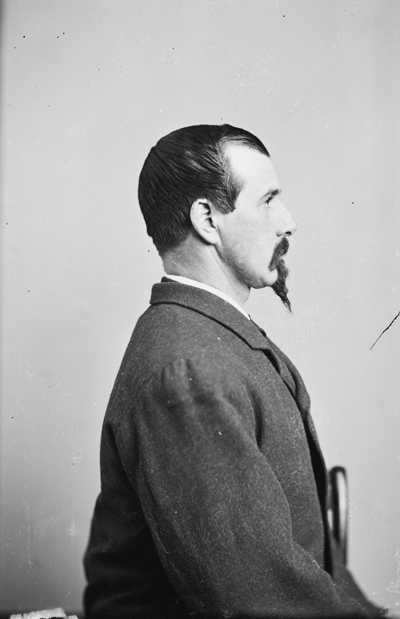Rush Hawkins
Featured Character – 1861-1862

Rush
Hawkins
Courtesy of the U.S. Library of Congress
Born in Vermont
on September 14, 1831, Rush Christopher Hawkins fought in the Mexican-American
War as a mounted dragoon. Moving to New York City in 1851, he
earned a substantial income as a noted attorney. Following the outbreak of war, Hawkins
organized the Ninth New York Infantry.
Since the regiment wore uniforms based on the attire of French Zouaves,
they earned the name Hawkins’ Zouaves.
Attached to Benjamin Butler’s assault on North
Carolina’s Outer Banks, Hawkins helped convince Union officials to
launch a full scale invasion of eastern North
Carolina in early 1862. Hawkins’ troops played a significant role in
the federal victory at Roanoke Island. During the Battle of South Mills, Hawkins
suffered a serious wound to his left arm.
After an extended stay in New York to
recover, he returned to the Union Army just before the defeat at Fredericksburg. Hawkins commanded his brigade during the
siege of Suffolk,
but resigned just before Confederate forces withdrew. Mustered out of the army on May 20, 1863,
Hawkins eventually became a brevet brigadier-general of the New York militia. After the war, Hawkins gained notoriety for a
longstanding feud with James McNeill Whistler over the artist’s entries at the
Paris Exposition of 1889. On October 25,
1920, Hawkins died while attempting to cross the street in front of his
home in New York City. He was buried with his wife in a
crypt at the Annmary Brown Memorial on the Brown University campus in
Providence, Rhode Island.

